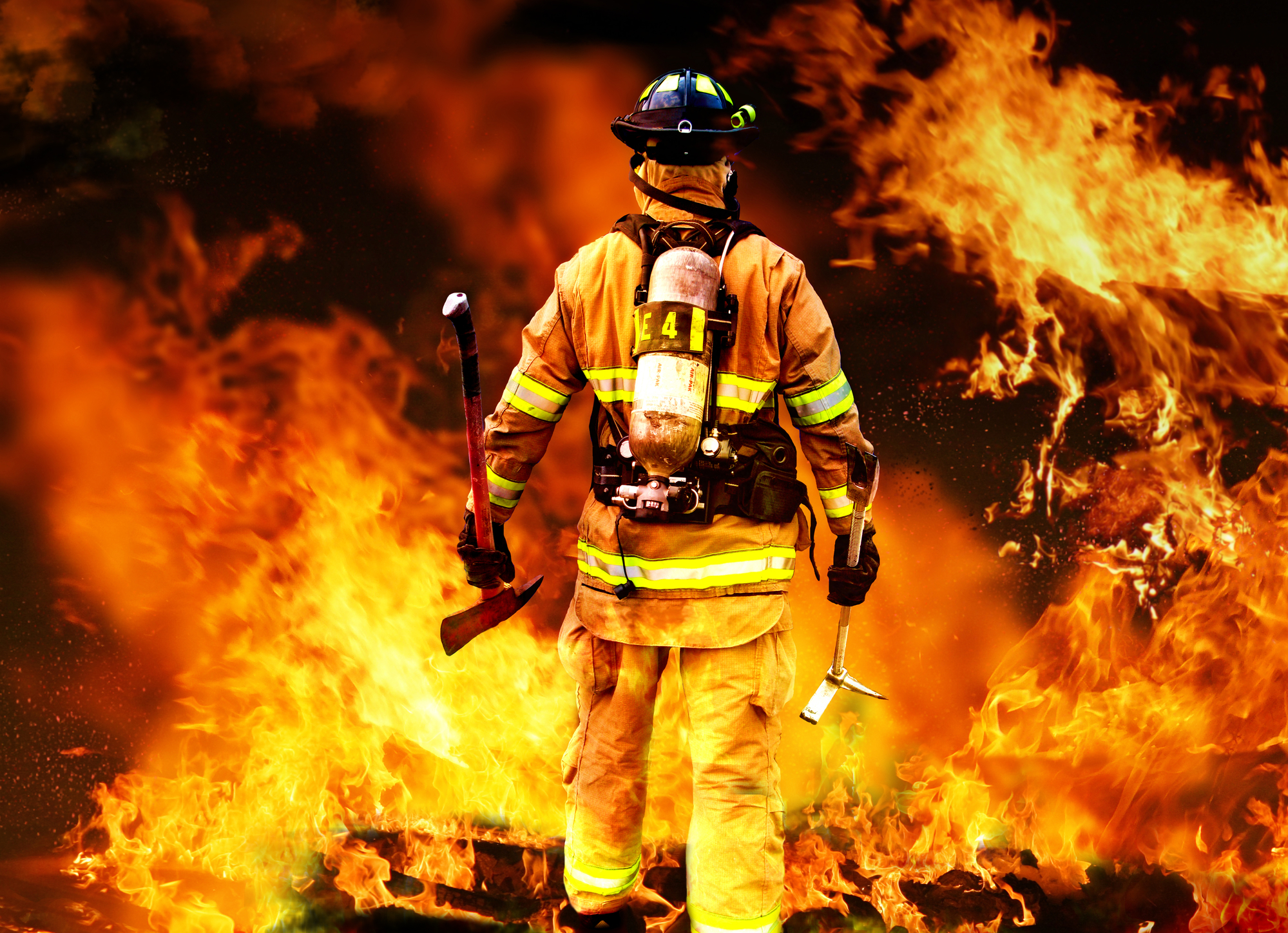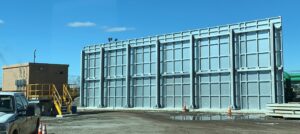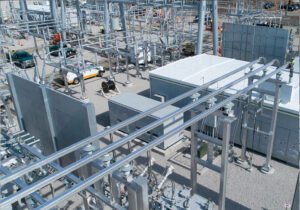Over the last few years, fire barriers have become common in tall buildings, mostly to act as a form of protection. For several people, we only think about fire extinguishers and smoke detectors when told to list ways to stop and protect a building from fire. Yet, smoke detectors and fire extinguishers only play a small role in fire protection.
Several other methods in a building’s fire protection may not be as obvious. These types of fire protection include Active Fire Protection and Passive Fire Protection. In serious industries that need to pass regulations and standards for fire protection, neither is overlooked. Both need to be utilized to ensure complete fire protection. You must know what sets Active Fire Protection and Passive Fire Protection apart so that both are put them into consideration when protecting a building.
Active Fire Protection
Active Fire Protection includes fire protection elements that need an action to function. The action may be manual like an extinguisher or automatic like with a sprinkler system. These systems will help hold, overpower, and stop a fire that has begun. An alarm system is equally crucial to have a correctly functioning fire protection system. After detecting the initial fire, the alert system will alert the fire department, trigger the sprinklers, or shut fire exits. A well-functioning alarm system makes it easier to stop a fire before it causes more damage.
Passive Fire Protection
Passive Fire Protection is often not noticed, but is a crucial element in fire protection. Passive Fire Protection consists of elements utilized to keep a building safe so that fire doesn’t spread, and no action is needed to it to work. Passive Fire Protection systems are built inside the building. This usually consist of fire-resistant floors and walls. In the case of electrical substations, passive fire protection systems like those used in transformer fire barriers are critical so that fire & explosions do not spread to other transformers causing collateral damage and an interruption in critical infrastructure. A PFP system will allow time for building occupants to escape before a fire becomes worse. There are other examples of passive fire protection other than fire barriers. Dampers will stop fire and smoke from spreading through to ductwork and fire-proofing materials such as intumescent paint will maintain a fire and stop it from causing more damage. Containing a fire is important so that you have enough time to extinguish it, evacuate your building occupants, and protect your equipment from collateral damage.
When it comes to choosing which protection is ideal, you must understand that both types perform different functions. Active Fire Protection and Passive Fire Protection are both crucial for fire protection. Active Fire Protection will stop the fire, and Passive Fire Protection will prevent the fire from spreading. Both function together by allowing building occupants to exit the building safely and prevent collateral damage to equipment that might be crucial to maintaining the operation of critical infrastructures. If you want to find out more about fire barriers, visit https://firebarrierexperts.com/.
DuraBarrier USA
20 Abe Voorhees Drive Manasquan New Jersey 08736
732-232-2100
Social Media URLs
https://twitter.com/SinisiSolutions
https://www.linkedin.com/company/fire-barrier-experts/




